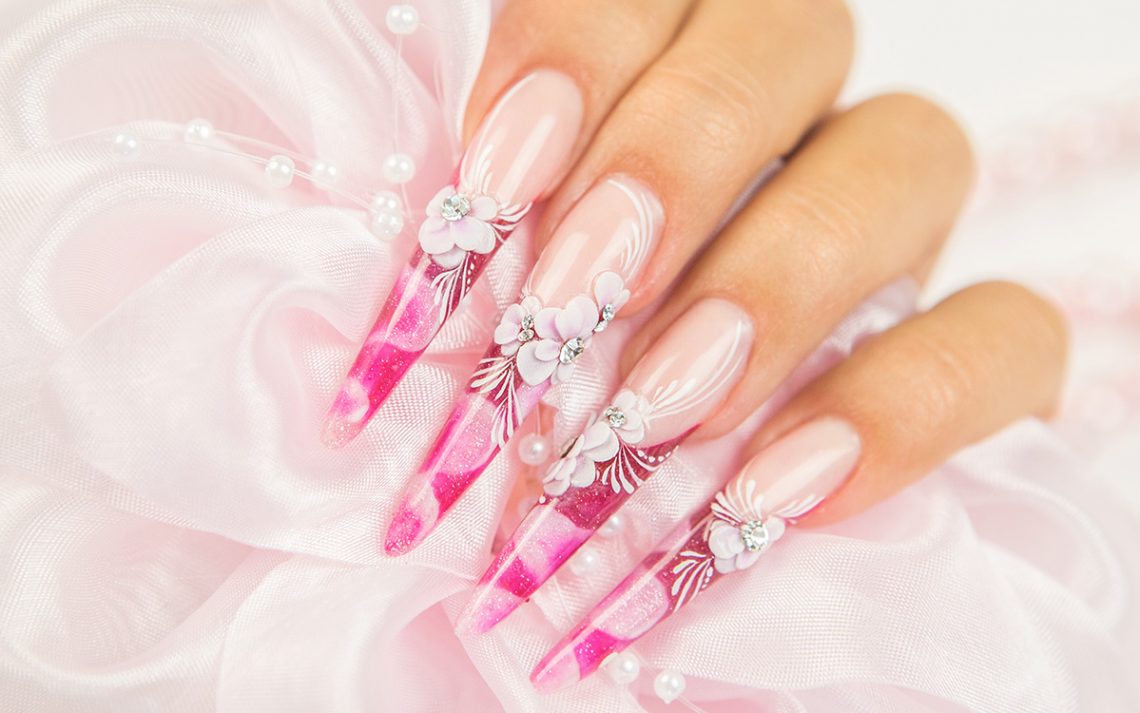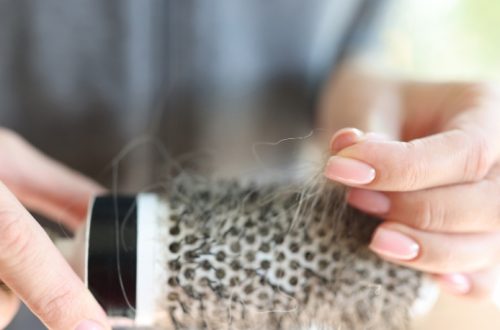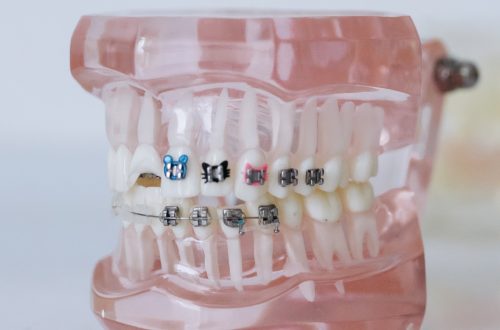Are you considering getting acrylic nails? If so, it’s important to be aware of the dangers of acrylic nails before making your decision. In this article, we’ll discuss the health risks, environmental hazards, and other dangers associated with acrylic nails. We’ll also provide instructions for how to remove acrylic nails at home. Finally, we’ll explore some alternatives to acrylic nails.
Table of Contents
What are Acrylic Nails
Acrylic nails are a popular kind of fake nail. They are made from a type of plastic that is then shaped into a nail. Fake nails can give your hands a more polished look, and they can also help protect your natural nails from damage. However, acrylic nails can also cause problems.
One of the most common problems is nail fungus. This is caused by the fact that acrylic nails provide a warm, moist environment for fungi to grow. In addition, the nail glue used to attach acrylic nails can actually damage the nail bed, making it more susceptible to infection. If you have any concerns about acrylic nails, be sure to talk to your doctor or nail technician.
Dangers of Acrylic Nails – Health risks, Environmental hazards, and More:
Acrylic nails have become increasingly popular in recent years, but there are a number of dangers associated with them. One of the most common health risks is nail fungus, which can be caused by the bacteria that build up under the acrylic nails.
In addition, acrylic nails can also damage the nail bed, making it difficult for natural nails to grow back properly. Moreover, the chemicals used to create acrylic nails can be toxic, and when they are applied and removed, they release harmful fumes into the air.
Finally, acrylic nail manufacturing and nail salons generate a lot of waste, including nail clippings, leftover nail product, and used nail files. This waste can end up in landfills, where it can pollute the environment. For all these reasons, it is important to be aware of the dangers of acrylic nails before choosing to wear them.
How to Remove Acrylic Nails at home:
Many women enjoy the look of long, manicured nails. However, acrylic nails can be expensive and time-consuming to maintain. Additionally, they can increase the risk of nail fungus. If you are considering removing your acrylic nails, there are a few things you can do at home to make the process easier.
- First, soak your nails in warm water for 10-15 minutes. This will help to loosen the adhesive that attached the nail to your natural nail bed.
- Next, use a nail file or nail clipper to gently file away the top layer of the acrylic nail.
- Finally, apply a liberal amount of nail polish remover to a cotton ball and scrub away any remaining residue.
With this simple three-step process, you can easily remove your acrylic nails at home.
Alternatives to Acrylic Nails:
While acrylic nails are a popular beauty option, they can also lead to nail fungus. This is because the nails are glued on with a strong adhesive, which can create an ideal environment for the growth of fungi.
In addition, the nails can be difficult to remove, and the process can damage the nail bed. As a result, many people are looking for alternatives to acrylic nails.
One option is to get gel nails, which are applied with a UV light and do not require the use of an adhesive.
Another option is to get dipping powder nails, which are applied with a brush and then dipped in powder. These alternatives provide a similar look to acrylic nails without the risk of nail fungus.
Conclusion:
Overall, there are a number of dangers associated with acrylic nails, from health risks to environmental hazards. However, if you are careful and take the necessary precautions, removing acrylic nails at home is a relatively simple process. There are also a number of alternatives to acrylic nails that provide a similar look without the risk of infection or damage. Be sure to consider all your options before choosing the best option for you.





